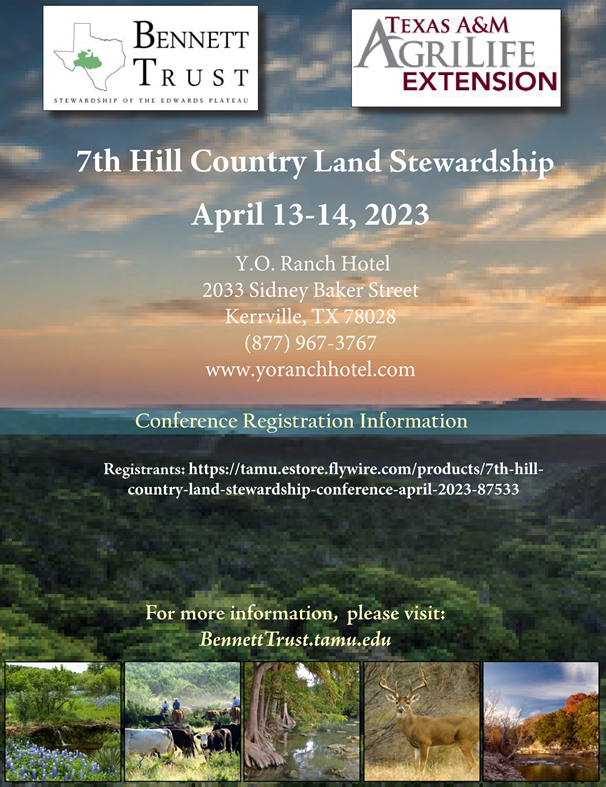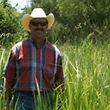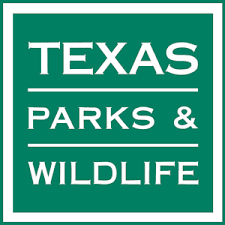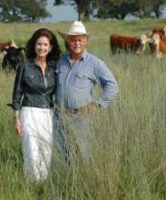 In the USDA-USFS Angelina National Forest, a prescribed burn was in progress when a wildfire was detected approximately two miles north of the burn. The burn manager released one of the one site dozers and an incident commander to contain the wildfire and secure it before launching the helicopter for continued aerial ignitions for the prescribed fire. Shortly after, another fire was detected adjacent from the prescribed burn on private land outside of the burn unit. With the fire burning aggressively, the burn manager requested contingency resources to be in route for support and to backfill onsite contingencies as they were being utilized.
In the USDA-USFS Angelina National Forest, a prescribed burn was in progress when a wildfire was detected approximately two miles north of the burn. The burn manager released one of the one site dozers and an incident commander to contain the wildfire and secure it before launching the helicopter for continued aerial ignitions for the prescribed fire. Shortly after, another fire was detected adjacent from the prescribed burn on private land outside of the burn unit. With the fire burning aggressively, the burn manager requested contingency resources to be in route for support and to backfill onsite contingencies as they were being utilized.
Photo Credit: USDA Forest Service
[Read more…] about Shearwood Creek Prescribed Fire After Action Review




